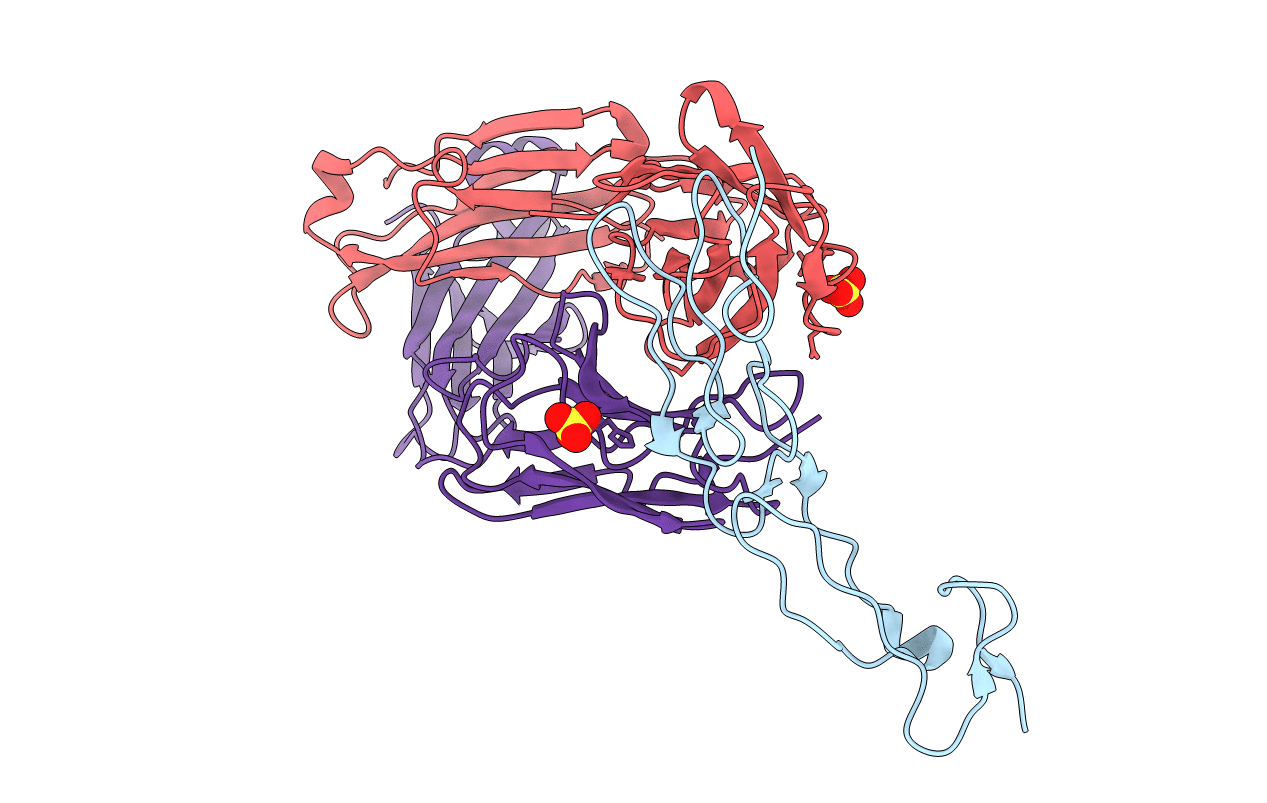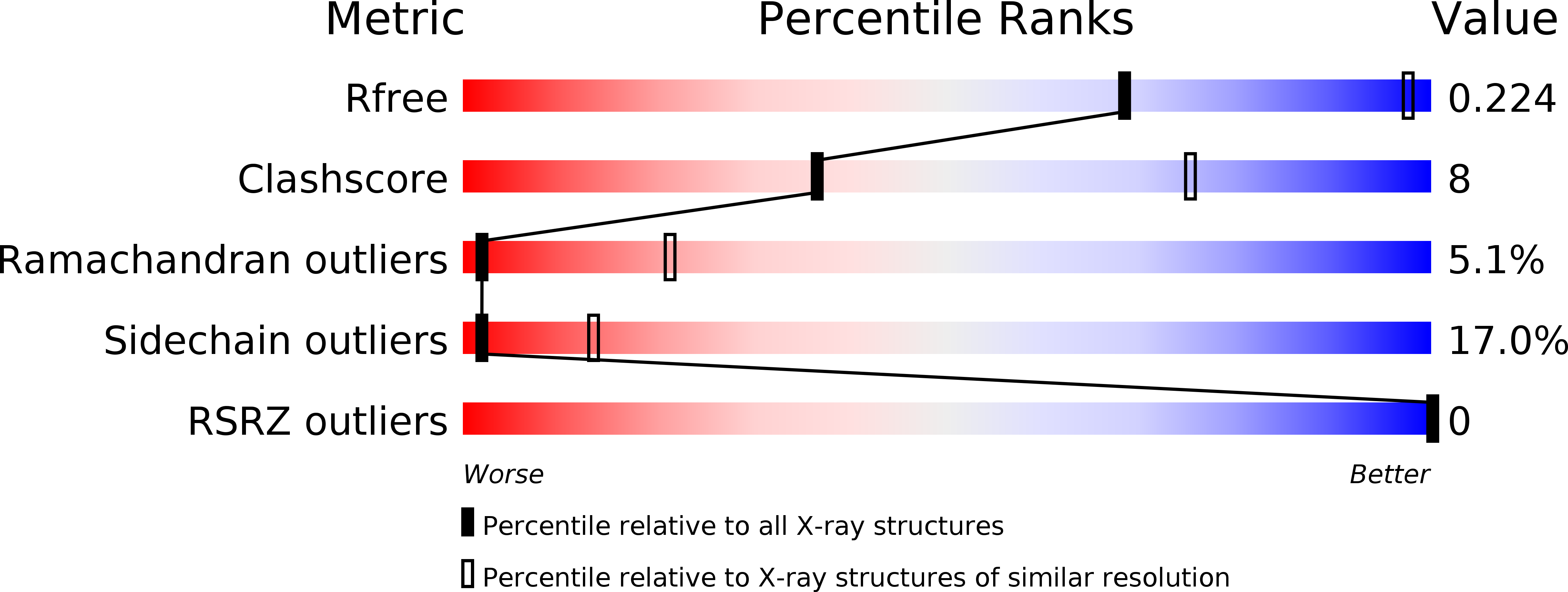
Deposition Date
2015-09-08
Release Date
2016-06-01
Last Version Date
2024-10-23
Entry Detail
PDB ID:
5DMI
Keywords:
Title:
Structure of the extracellular domain of the CD40 in complex with CHI220 FAB
Biological Source:
Source Organism:
Homo sapiens (Taxon ID: 9606)
Mus musculus, Homo sapiens (Taxon ID: 10090, 9606)
Mus musculus, Homo sapiens (Taxon ID: 10090, 9606)
Host Organism:
Method Details:
Experimental Method:
Resolution:
3.69 Å
R-Value Free:
0.20
R-Value Work:
0.16
R-Value Observed:
0.17
Space Group:
P 42 21 2


